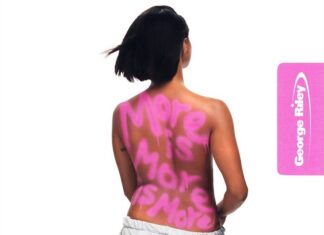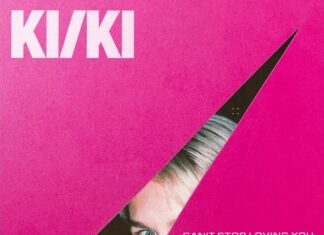
🎨 Your Artist Bio is a Disaster: How to Write a Pitch That Grabs Curator Attention
Stop Selling Clichés. Start Selling a Story with Proof.
Your artist bio is not a to-do list of generic self-praise. It is your curator-ready pitch—a concise, professional narrative designed to convert a quick scan into a deep interest.
If your bio is filled with phrases like “exploring the human condition,” “passionate and emerging,” or “unique creative vision,” you are losing opportunities. Curators, gallery owners, and collectors are wading through hundreds of applications. They don’t want superlatives; they want specifics, metrics, and an emotional hook that justifies a second look at your portfolio.
Here is your practical guide to replacing art-world jargon with compelling, concrete value.
The Three-Part Bio Blueprint for Professional Impact
A powerful artist bio operates on three principles: It hooks the reader, validates your career, and contextualizes your work.
1. The Emotional Hook: Start with Your “Why”
Forget the stale, “[Artist Name] is a [location]-based artist who works in [medium].” Your opening sentence is your handshake; make it memorable.
- The Disaster: “Maria Chen is a highly talented, emerging painter exploring themes of light and shadow.”
- The Fix: “Inspired by the silence of her family’s remote lighthouse, Maria Chen’s layered oil paintings capture the human reliance on isolated moments of clarity.”
This immediately connects your work to a personal origin story, giving the curator an emotional context before they even see a single image. It’s concise, specific, and memorable.
2. Concrete Metrics: Replace Superlatives with Proof
“Award-winning,” “highly successful,” and “critically acclaimed” are meaningless without evidence. Curators want quantifiable proof of your traction and relevance in the art world.
| ❌ Generic Superlative | ✅ Concrete Metric / Press Mention |
| “…has had numerous exhibitions.” | “…has been featured in 12 juried exhibitions in the last three years, including the prestigious Saatchi Art ‘Rising Talent’ Showcase (2024).” |
| “…is an influential artist.” | “…work has generated over 5,000 shares on social platforms and was the subject of a three-page feature in ArtForum (July 2023 issue).” |
| “…has work in private collections.” | “…work is held in five public collections, including the Dallas Museum of Art and the Corporate Collection of Goldman Sachs.” |
| “…attended a top art school.” | “…holds an MFA from RISD and studied under the renowned minimalist sculptor, Eliza Vance.” |
Actionable Tip: Always write in the third person for an objective, professional tone. Integrate your proof points seamlessly into the narrative.
Example Integration: “Chen’s work has garnered significant attention, with a recent three-page feature in ArtForum (July 2023) and acquisitions by the Dallas Museum of Art and the Corporate Collection of Goldman Sachs.”
3. Professional Context: Connect the Dots
Your bio should briefly link your artistic focus back to your achievements, showing a clear, intentional career trajectory.
- Medium & Technique: Clearly state what you make and how. For instance, don’t just say “sculptor,” say “large-scale, site-specific installations using reclaimed industrial steel.”
- Upcoming Projects: Signal forward momentum. Mentioning a juried group show, an upcoming residency, or a significant public commission tells the curator you are an active, advancing professional.
The Ultimate Test: Is Your Bio Scannable?
Curators spend an average of 10-20 seconds on a bio’s initial scan. Can they find the answers to these three questions in that time?
- Who is this artist, and what is their primary medium/focus?
- What is the most significant, quantifiable proof of their career traction?
- What is the unique emotional connection or “hook” to their work?
If the answers are buried in vague language, your pitch is dead on arrival. Rewrite, ruthlessly edit out every superfluous adjective, and let your concrete achievements and compelling story do the talking.






















 🔥 Limited Time: Get 55% OFF All Plans - Ends in:
🔥 Limited Time: Get 55% OFF All Plans - Ends in: